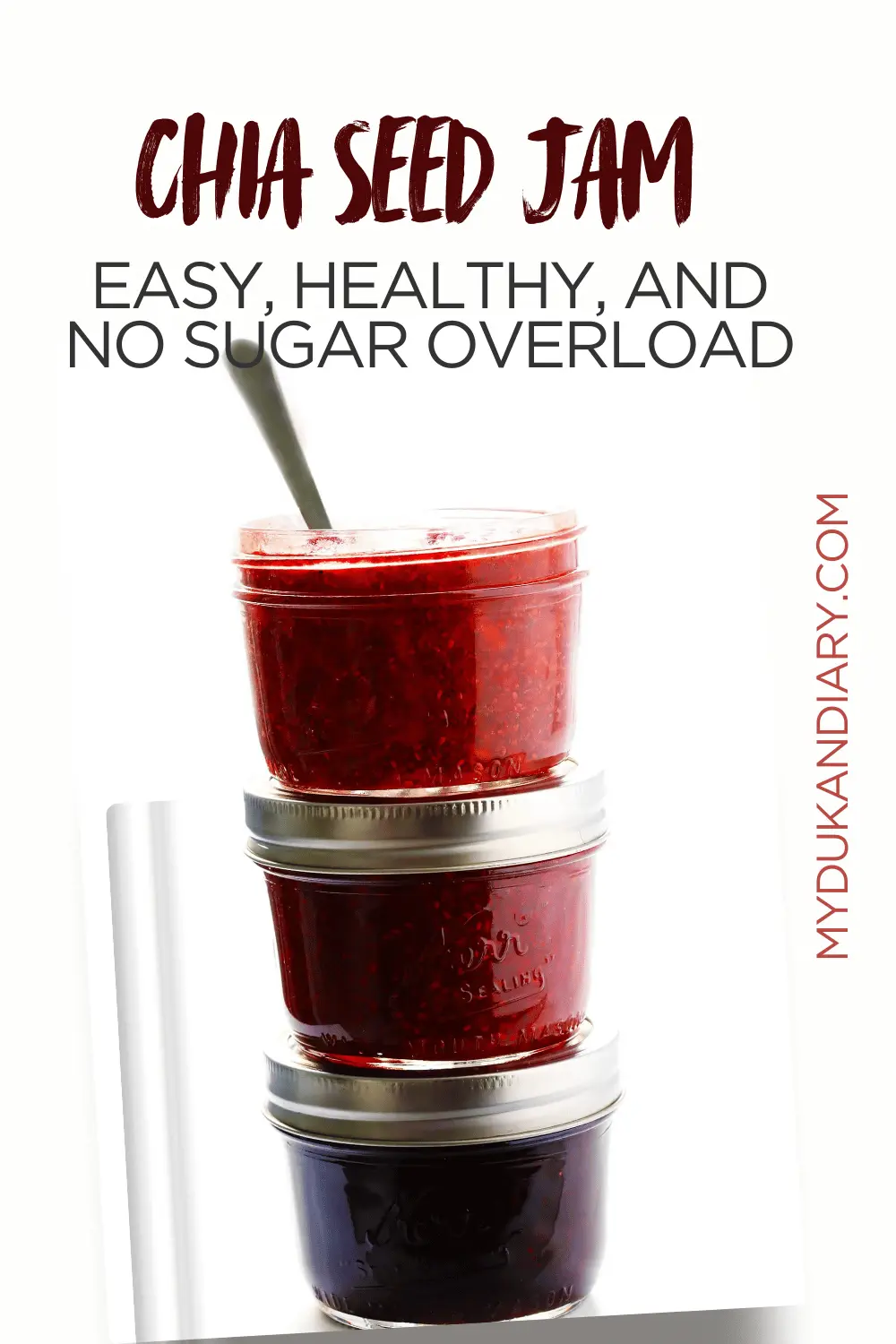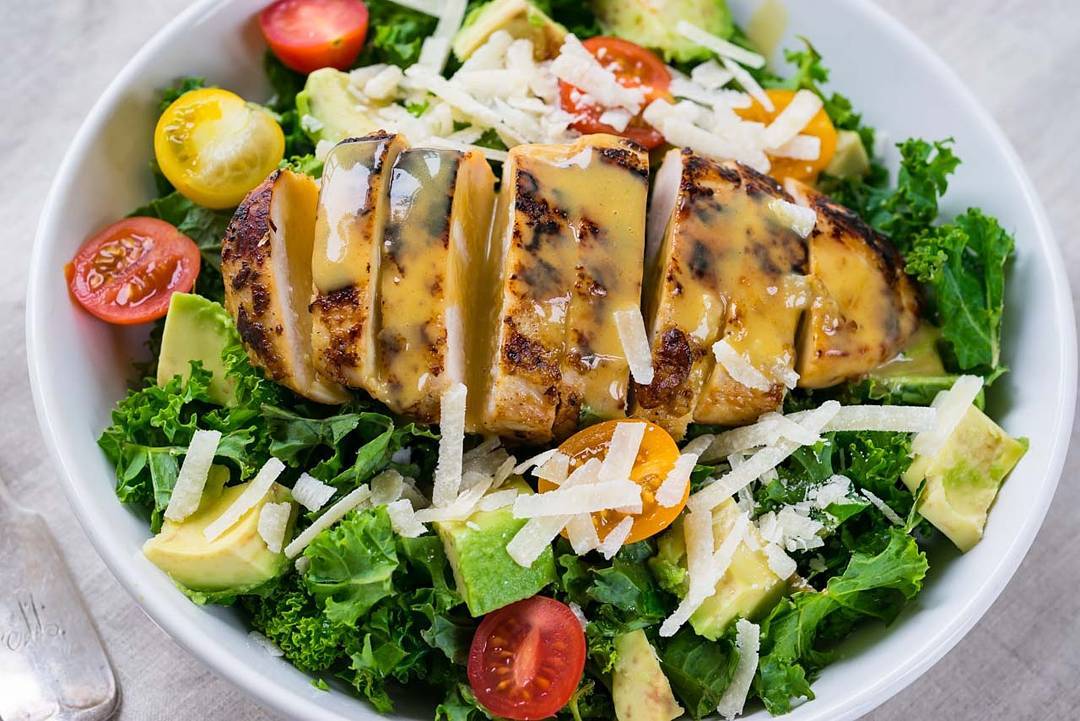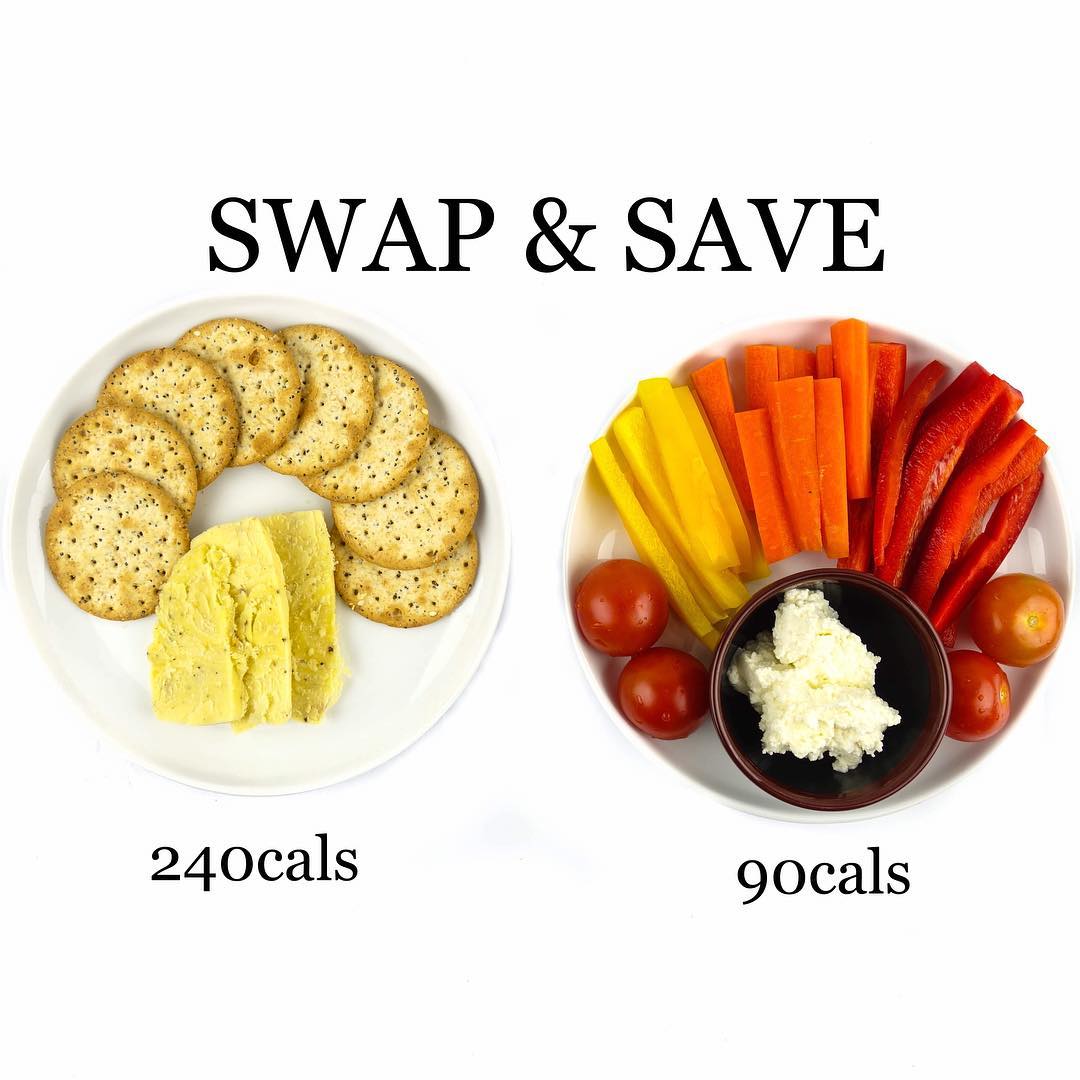I hope to share my experiences as a woman struggling with weight issues in this blog. Starting the Dukan diet has been a significant journey for me. It might be intimidating to navigate the world of fad diets, particularly since I had trouble with my eating patterns after trying the Atkins diet.
I was reassured when my doctor, whom I have complete faith in, suggested the Dukan diet. Compared to my earlier adventure with Atkins, I made the smart decision to proceed cautiously, doing extensive research and getting tested for blood to make sure I was ready.
With a target weight of 10 stone, 140 pounds, or 65 kg, I decided to start on a nearly year-long Dukan journey.
My journey started with the initiation stage, which involved a diet limited to protein for a maximum of 10 days. After following the primary diet for a month, which alternates between eating simply protein and eating protein together with vegetables, I’m happy with the outcome.
I no longer suffer with cravings as much as I did with my former eating habits, and I feel truly satisfied. I lost three stone, or 48 pounds, or 20 kg, with the first quick reduction slowing down to a more manageable pace. This encouraging development gives me hope for the future.
An outline of my Dukan diet strategy is given in this post, along with some preparation and answers to frequently asked questions. I’ll go into detail about each diet stage’s guidelines, provide sample meals and advice, and document my continuing improvement in later postings.
Stage One: The Attack Phase
The attack phase allows for an unlimited quantity of protein to be consumed. This includes low-fat meat such as beef, fish and seafood, eggs and zero fat dairy products. You can not use oil, cream or butter and may not fry the meat. It is important that you drink at least 1.5 L of water per day and you can also drink tea and coffee with sweeteners but strictly no sugar.
The meat needs to be 10% fat or lower and you must trim the fat or skin from any meat or poultry. It is it is highly recommended that you take vitamin and mineral supplements during this period. A brisk 20 minute walk each day is an important part of the routine. No more than two eggs or four yolks per week if you have high cholesterol. This stage will be between 3-10 days depending on how much weight you need to lose.
Stage Two: The Cruise Phase
the next stage of the diet will make up the bulk of the plan. In this phase we alternate between a pure protein stage and a protein with vegetable stage. You are free to decide on the length of each stage of what she decided must be a consistent length usually between three and 10 days with five days in optimal. The protein phase is the same as the attack phase of the vegetable phase allows you to add most vegetables while avoiding very starchy ones like potatoes, rice, corn, please, beans, lentils and avocados. Somewhat starchy foods like carrots and beetroots .
Stage Three: Consolidation
For every pound that we have lost during our diet we must stay in this phase for five days. For example if we have lost two stone we would be in consolidation mode for about five months (2×14×5/30).
We are now allowed to readjust by introducing some more tasty foods such as one serving of fruit per day, 1 to 2 servings of starchy food per week (one serving during the first half of this stage and two during the second half), two slices of wholemeal bread with low-fat butter per day and one serving of hard cheese per day. We can also introduce more fatty meats such as goose.
The real bonus of this stage of the diet is that we must eat two “celebration meals” per week. These consist of three full courses of whatever we want, complete with bread and butter, alcohol and chocolate. It is, however, key that we only have one serving for each course. The aim here is to return to an enjoyable but balanced diet, not to make gluttons of ourselves! The fantastic thing is, this is not a suggestion, this is a doctor’s orders. Dr Dukan insists that we must eat these enjoyable meals to begin readjusting our bodies to a more balanced diet.

Stage Four: Stabilisation
This is the final stage and will last as the rest of our lives. It is very easy to maintain but it is also by far the most important stage. Now that we have reached our goal weight, we do not want to fall foul of what most dieters fall foul of: putting the weight straight back on again, often with interest! Simply by maintaining a balanced diet of enjoyable food and committing to one day a week of pure protein we will maintain our ideal weight forever.
A Little History of Dukan Diet
The latest figures from the World Health Organisation show that 20% of people in Europe are now obese. In France the average is only 10%. So why the discrepancy? One of the reasons might be the diet that has been going strong there for 10 years. It was then that the French started reading a new book by Doctor Dukan, and it quickly took the nation by storm. Pierre Dukan was a neurologist when he advised a friend who was desperate to lose weight to eat nothing but protein and drink nothing but water for 5 days. They were both astonished when he weighed himself five days later and had lost 10lb. Dukan switched his specialty to nutrition and now has 35 years experience in the field. During that time he refined his advice through many years of helping overweight patients.
Atkins Diet?

While there are obvious similarities to the Atkins diet and a lot of comparisons have been made, there are several key differences. While the Atkins diet lets you free to enjoy all of the high-fat meals you wanted, the Dukan diet is very strict in that you only eat low-fat proteins of 10% or less fat. The long-term impacts of such a high-fat diet just don’t seem to be possibly beneficial. At least half on the Dukan diet is geared towards preparing for your body’s reaction to coming off the diet and maintaining your ideal weight. This is actually the most important thing of all according to Dukan. Carbs and proteins are mixed and restricted differently on both plans, one alternating and allowing free quantities when they are allowed, the other simply limiting the quantities of a list of foods. It’s hard to say which of these is more efficient at this stage.
The Whys and Why Nots
Why you might like it:
The Dukan diet is a low-protein plan that allows you to eat as much as you want within the allowed foods. The high-protein low-carb diet turns your body into a fat burning machine while the protein continues to nourish the muscle from maximum weight loss. The initial stage switches your body’s metabolism to fat burning while killing your cravings and clearing out the excess water in your system, while the vegetables maintain your body’s need for vitamins and minerals. The latter two stages of the diet slowly readjust your body to a normal balanced diet thus insuring that you don’t regain the weight that you’ve lost, the weak point of many diets.
Why the diet might not be for you:
In the attack phase you may experience tiredness, dizziness or headaches as your body gets used to the new diet. It is highly recommended to take vitamin and mineral supplements to avoid these deficiencies. Some people will try to say that the these diets allow you to eat what you want but the reality is that I would probably be eating a pint of ice cream a day if that were true, but if you can be happy with a variety of meats, vegetables and zero fat dairy then this diet is for you. The first week may also lead to some constipation as your body adjusts. You may find it a chore to maintain the diet if you don’t enjoy experimenting with various condiments on your meet the kitchen.
As always you should consult with your doctor before you start the diet like this or any diet. You may want to get a blood test done to make sure that everything is in order before you begin.





